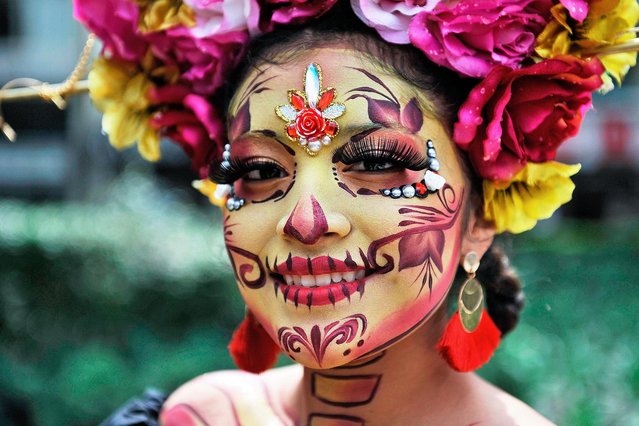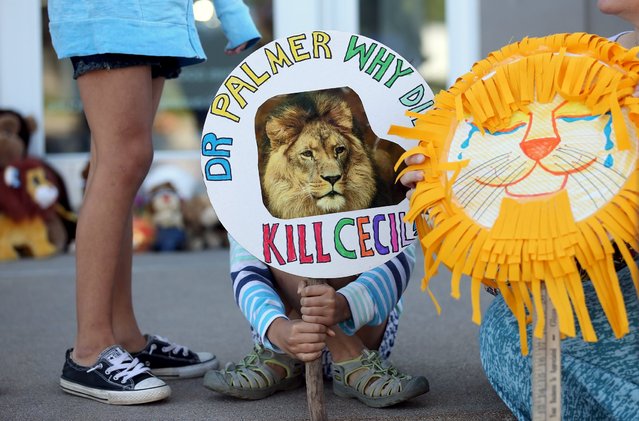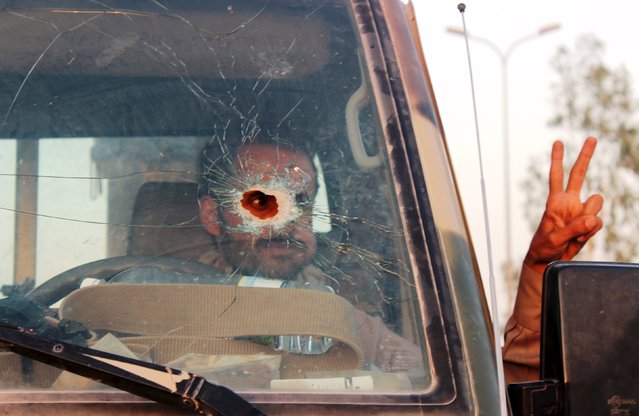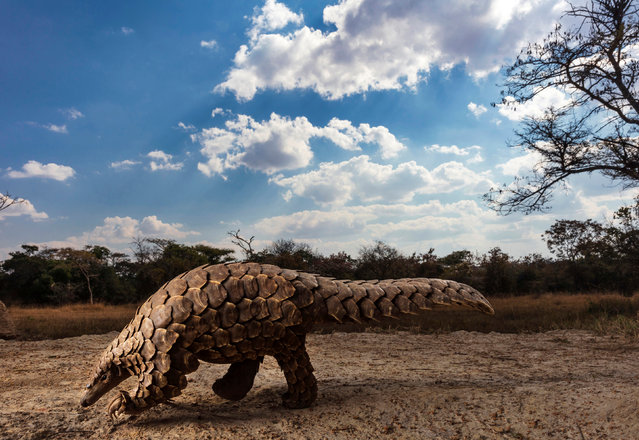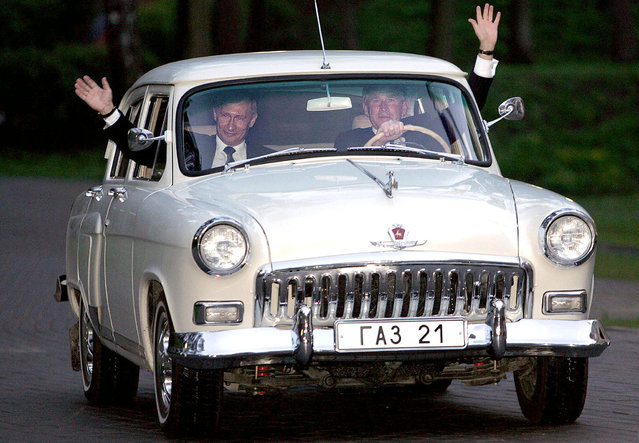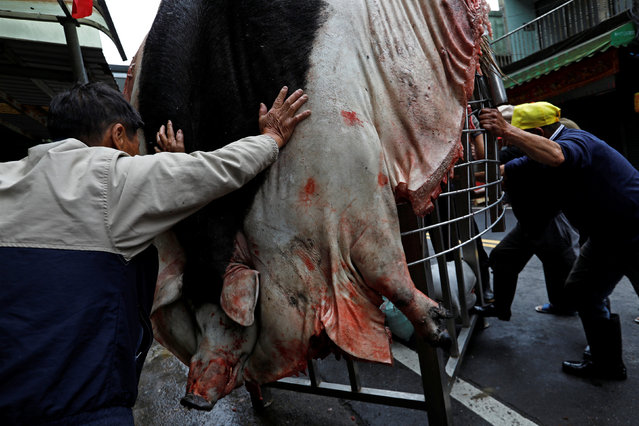
The carcass of a fattened pig, winner of the “holy pig” contest, is attached to a metal frame during a sacrificial ceremony in Sanxia district, in New Taipei City, Taiwan February 1, 2017. The winner of Taiwan's “holy pig” ceremony on Thursday defended the lunar new year tradition against critics who argue the fattened animals are raised under cruel conditions. (Photo by Tyrone Siu/Reuters)
04 Feb 2017 01:06:00,post received
0 comments

